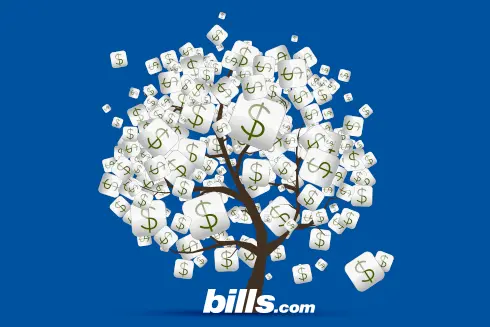Bankruptcy and Second Mortgage
If I file bankruptcy will that eliminate my second mortgage balance?
I recently modified my primary mortgage through Making Home Affordable plan. My credit is destroyed and I have a second mortgage in the amount $180,000 which is listed as a charge off on my credit. I have not heard from them in over a year. The last correspondence was from an attorneys office letting me know they have the loan. The home is worth less than what we owe for the primary. Since my credit is in the tank, is bankruptcy an option to remove the 180,000 and the lien against the home?
I cannot say whether a bankruptcy will be able to remove the $180,000 outstanding second mortgage balance. How bankruptcy will affect your debt will depend on what type of bankruptcy you are able to file. If you are considering filing for bankruptcy protection, I encourage you to consult with a qualified bankruptcy attorney in your state to determine if bankruptcy can help you resolve your debts. You can learn more about the different types of bankruptcy by visiting the Bills.com Web resource page Types of bankruptcy.
Many homeowners facing foreclosure choose to file for bankruptcy protection, either to try to stop the foreclosure proceedings, or to discharge any debt resulting from the foreclosure. There are two basic types of consumer bankruptcy: Chapter 7 and Chapter 13.
In a Chapter 7 bankruptcy, also called a liquidation bankruptcy, a bankruptcy trustee will examine your assets, and if you have any assets which are not exempt, sell those non-exempt assets to repay your creditors. Once your non-exempt assets have been sold to pay your creditors, all remaining unsecured debts will be discharged by the bankruptcy court, including any deficiency balance resulting from your foreclosure. Many people who file for Chapter 7 protection are able to keep all of their property because they have no non-exempt property. Each state has its own schedule of exempt assets, so you should consult with a qualified bankruptcy attorney in your state to find out if Chapter 7 is a workable solution for your situation. An attorney will also be able to tell you if you qualify to file Chapter 7 under the new guidelines enacted by Congress in 2005.
A Chapter 13 bankruptcy, also called a "wage-earner's bankruptcy," allows you to propose a plan to repay creditors over time — usually five years. Your monthly payment amount will be based on your monthly disposable income as defined by the bankruptcy code. After you have made payments to your creditors for five years, any remaining unsecured debts will be discharged. Chapter 13 is commonly used by debtors whose assets exceed the exemptions offered by state law. It is also used by many consumer debtors who do not qualify for Chapter 7 relief under the means test, which went into effect in 2005 with the Bankruptcy Reform Act.
If you are considering filing bankruptcy, you should consult with an attorney to find out if bankruptcy will benefit your financial situation. I encourage you to read more about bankruptcy at the Bills.com Bankruptcy Information page.
I hope this information helps you Find. Learn & Save.
Best,
Bill
Debt statistics
Debt is used to buy a home, pay for bills, buy a car, or pay for a college education. According to the NY Federal Reserve total household debt as of Q4 2023 was $17.503 trillion. Auto loan debt was $1.607 trillion and credit card was $1.129 trillion.
A significant percentage of people in the US are struggling with monthly payments and about 26% of households in the United States have debt in collections. According to data gathered by Urban.org from a sample of credit reports, the median debt in collections is $1,739. Credit card debt is prevalent and 3% have delinquent or derogatory card debt. The median debt in collections is $422.
Collection and delinquency rates vary by state. For example, in Oklahoma, 14% have student loan debt. Of those holding student loan debt, 11% are in default. Auto/retail loan delinquency rate is 5%.
To maintain an excellent credit score it is vital to make timely payments. However, there are many circumstances that lead to late payments or debt in collections. The good news is that there are a lot of ways to deal with debt including debt consolidation and debt relief solutions.
